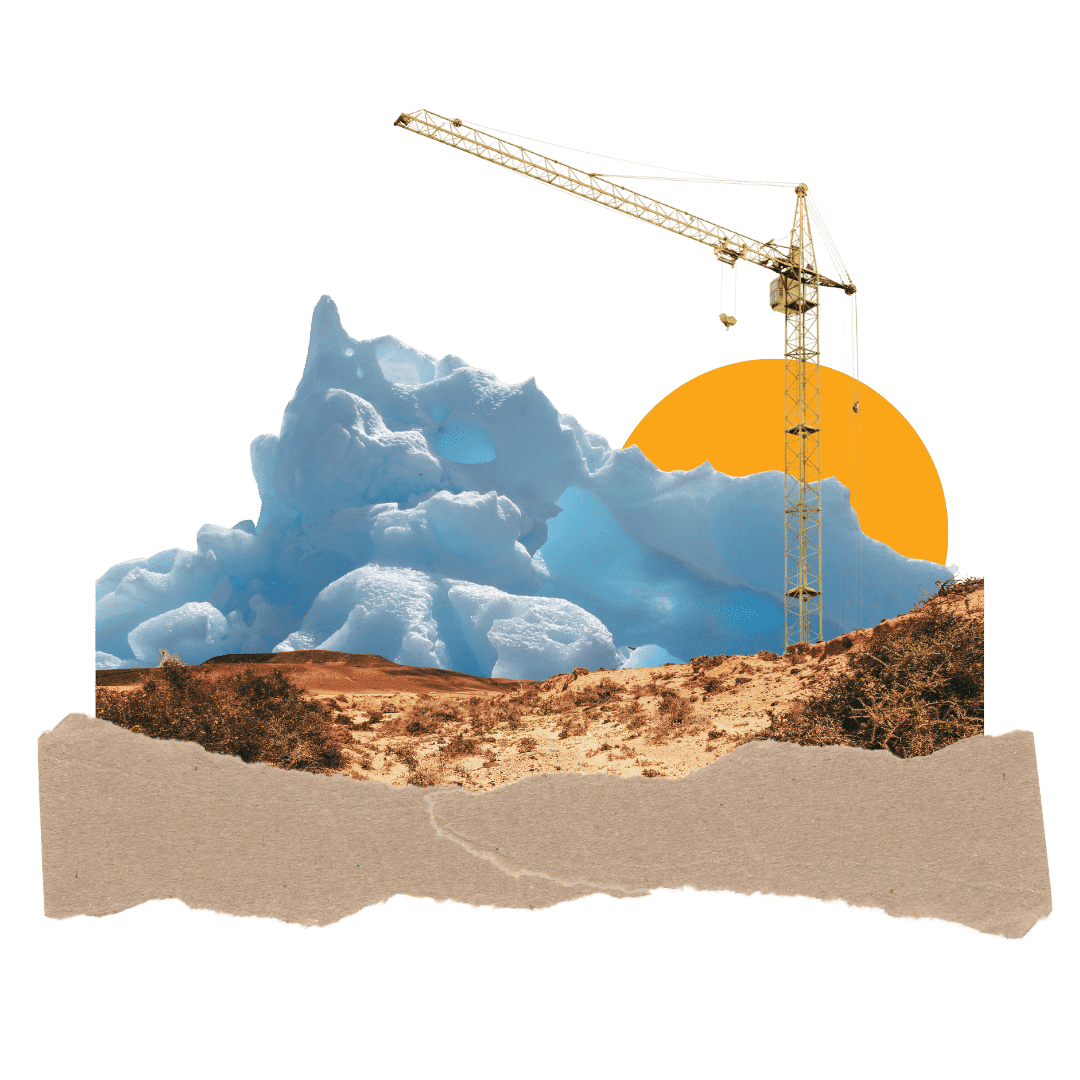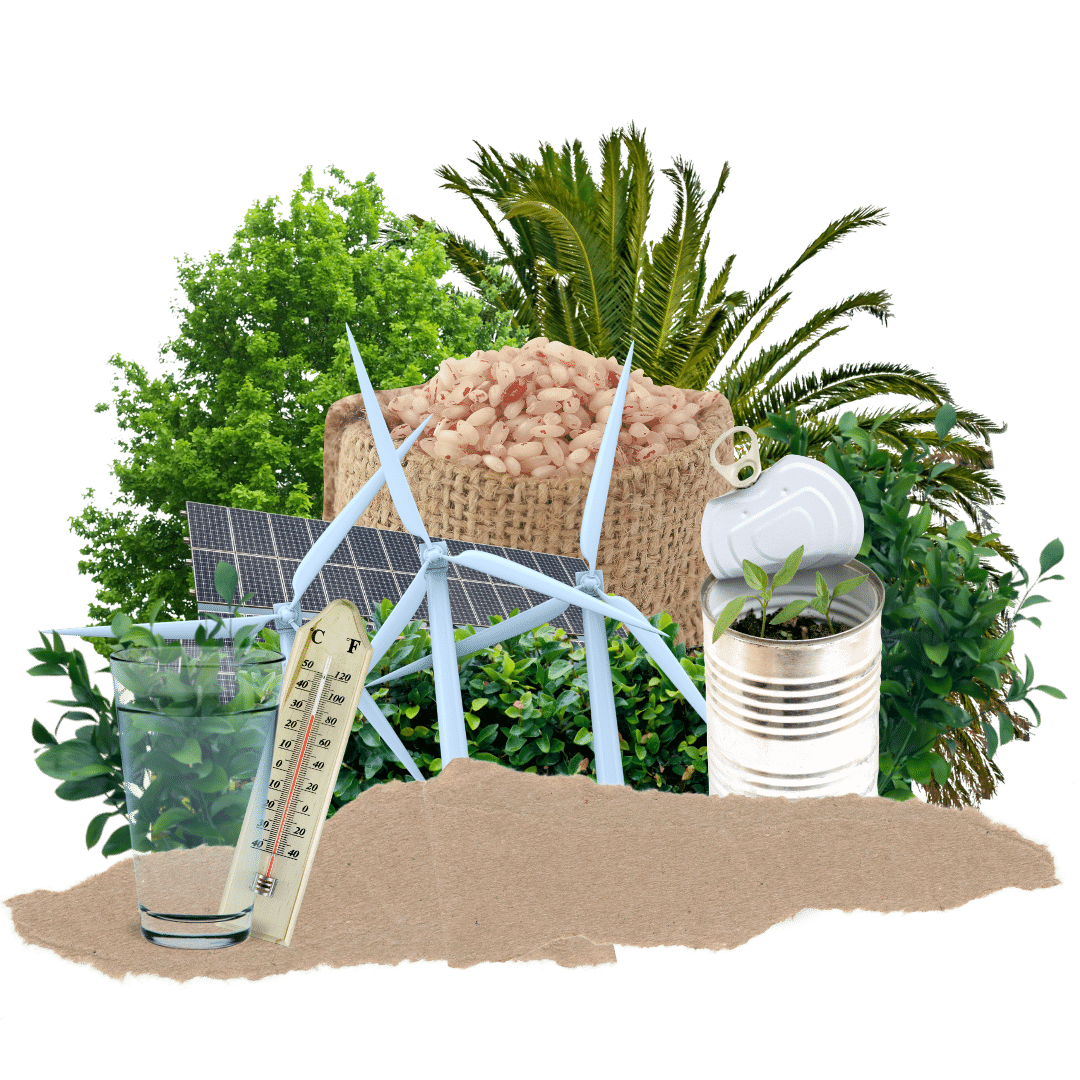
Our Strategic Vision
We use engineering to build a safer, more sustainable and prosperous world.
Watch the video to find out more about what the Sonny Astani Department is doing to improve our world.

Engineering for
Disaster Resilience
Our increasing reliance on complex, interconnected systems makes the consequences of failure more severe and underscores the need to enhance our resilience to natural (e.g., earthquakes, tsunamis, floods) and human-caused disasters (e.g., terrorist attacks, engineering failures, industrial accidents). Research and education in this area enables communities to better anticipate, prevent and adapt to disasters, reducing their economic, social, cultural, and environmental impact.

Engineering for
Extreme Habitats
As our climate continues to change and population growth pushes the bounds of our habitable environment, humankind faces the need to survive and thrive in harsher conditions. This research area focuses on developing and deploying new tools, computational models, novel materials, construction technologies and methods to design, build and maintain civil infrastructure under extreme environments such as deep-sea structures, extreme temperatures (deserts, polar), flood-risk areas, and extraterrestrial habitats.

Engineering for
Urban Livability
Urban spaces should not only be safe, resilient, and sustainable, they must also improve the quality of life for their inhabitants, satisfying their physical, psychological and social needs. This research thrust creates new methods, tools, technologies, and innovations that help manage and predict the complex nexus of urban systems. We focus on a sense of place and time, supporting engagement, accessibility, human-infrastructure interaction and control of urban spaces.

Engineering for
Environmental Stewardship
Sustainability in the context of civil engineering envisions the long-term viability of natural resources and engineered civil systems. We focus on systems and methods that provide an adequate supply of potable water, support water reuse and wastewater management, mitigate air pollution and climate change, ensure food security, create renewable resources, innovate carbon capture and utilization, and address plastic and solid waste.

Engineering for
Transport Service Systems
Mobility has been a catalyst in the evolution and growth of civilizations and improving the quality of life in the modern world. Transport systems of the future will be hyper-connected, physically, and digitally, capable of providing end-to-end service for the movement of people and goods. Research and education in this area integrate breakthroughs in computing and autonomy, while addressing the need to achieve and sustain equal access to transport services amidst a dynamic, constantly moving world.

